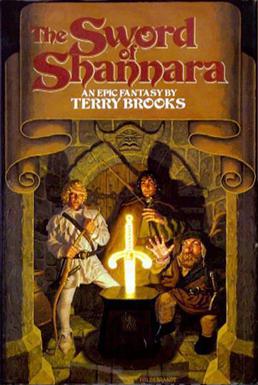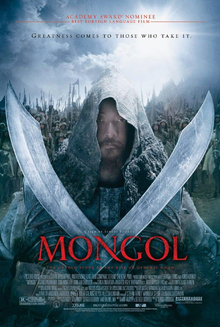Two years ago, I discussed Ursula K. LeGuin's seminal "A Wizard of Earthsea," and last year, "The Tombs of Atuan."
This week, I wanted to take a look at the next book in the Earthsea Cycle, "The Farthest Shore."
This week, I wanted to take a look at the next book in the Earthsea Cycle, "The Farthest Shore."
In a somewhat surprising move, the second entry in the Earthsea Cycle has a new main character! Rather than Ged from "A Wizard of Earthsea," we follow the action through the eyes of Tenar, a young Kargish girl who is the high priestess to the "Nameless Ones" at the titular Tombs of Atuan.
The Tombs are the center of religious activity for the Kargish Empire (one of the antagonists in "A Wizard of Earthsea") and feature several different faiths that seem to get along quite well. Oldest and most sacred (but also neglected) is worship of the "Nameless Ones" and their high priestess is the "undying" Arha- undying in the sense that every time the incumbent high priestess dies, the other priestesses find a girl child born at the same time, while apparently becomes the new vessel for the "undying" Arha.
As so it was with Tenar, taken as a child and raised in this strange place by strange women for this strange purpose. She loses her name (becoming the new Arha) and grows up a lonely servant of a mostly neglected religion.
After "A Wizard of Earthsea," I found "The Tombs of Atuan" to be rather disappointing.
Like its predecessor, this is another coming of age story. However, unlike Ged, Tenar is a victim of kidnapping and brainwashing and has no special powers. Unsurprisingly, she has very little agency and spends the most of the book simply reacting to other characters. In fact, when she asks to become an apprentice sorcerer, Ged shoots down this idea and she simply accepts his judgment!
So, why exactly would young girls want to be her?
The tone and feel of "The Tombs of Atuan" are also vastly different. For example, there's no exploration, and very little sense of the magical world of Earthsea. In addition, the pacing is quite slow for most of the book.
Another area where the story is weak is that, rather than presenting a more balanced view of the Kargish, they are still portrayed unambigiously as the bad guys. They worship the clearly evil "Nameless Ones", They are okay with child slavery. They even banned literacy!
Doing so, LeGuin turns them into orcs.
Of course, "The Tombs of Atuan" does have good points. It's well written and imaginative and it does shed light on some of the events in the first book.
However, if you are expecting another fantasy adventure tale, you will be quite disappointed, as "The Tombs of Atuan" is more a psychological character study of a pretty weak character. There are also some horror aspects, but frankly, this is not a frightening tale as I never felt that Tenar or Ged were in serious danger.
The Tombs are the center of religious activity for the Kargish Empire (one of the antagonists in "A Wizard of Earthsea") and feature several different faiths that seem to get along quite well. Oldest and most sacred (but also neglected) is worship of the "Nameless Ones" and their high priestess is the "undying" Arha- undying in the sense that every time the incumbent high priestess dies, the other priestesses find a girl child born at the same time, while apparently becomes the new vessel for the "undying" Arha.
As so it was with Tenar, taken as a child and raised in this strange place by strange women for this strange purpose. She loses her name (becoming the new Arha) and grows up a lonely servant of a mostly neglected religion.
Ged does show up, but only half way into the book. He has recovered half of the broken ring of the archmage Erreth-Akbe is looking for the other half, hidden in the Tombs of Atuan. Once rejoined, the ring will reveal the powerful magic rune of Peace. Arha/Tenar manages to trap him in the underground labyrinth but will he escape? No spoilers but this *IS* the second book in a trilogy...
After "A Wizard of Earthsea," I found "The Tombs of Atuan" to be rather disappointing.
Like its predecessor, this is another coming of age story. However, unlike Ged, Tenar is a victim of kidnapping and brainwashing and has no special powers. Unsurprisingly, she has very little agency and spends the most of the book simply reacting to other characters. In fact, when she asks to become an apprentice sorcerer, Ged shoots down this idea and she simply accepts his judgment!
So, why exactly would young girls want to be her?
The tone and feel of "The Tombs of Atuan" are also vastly different. For example, there's no exploration, and very little sense of the magical world of Earthsea. In addition, the pacing is quite slow for most of the book.
Another area where the story is weak is that, rather than presenting a more balanced view of the Kargish, they are still portrayed unambigiously as the bad guys. They worship the clearly evil "Nameless Ones", They are okay with child slavery. They even banned literacy!
Doing so, LeGuin turns them into orcs.
Of course, "The Tombs of Atuan" does have good points. It's well written and imaginative and it does shed light on some of the events in the first book.
Let her be Eaten? Whatever.
.jpg)











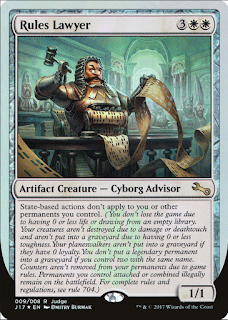
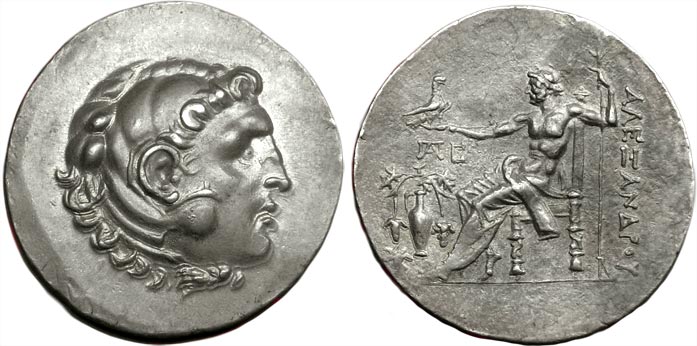
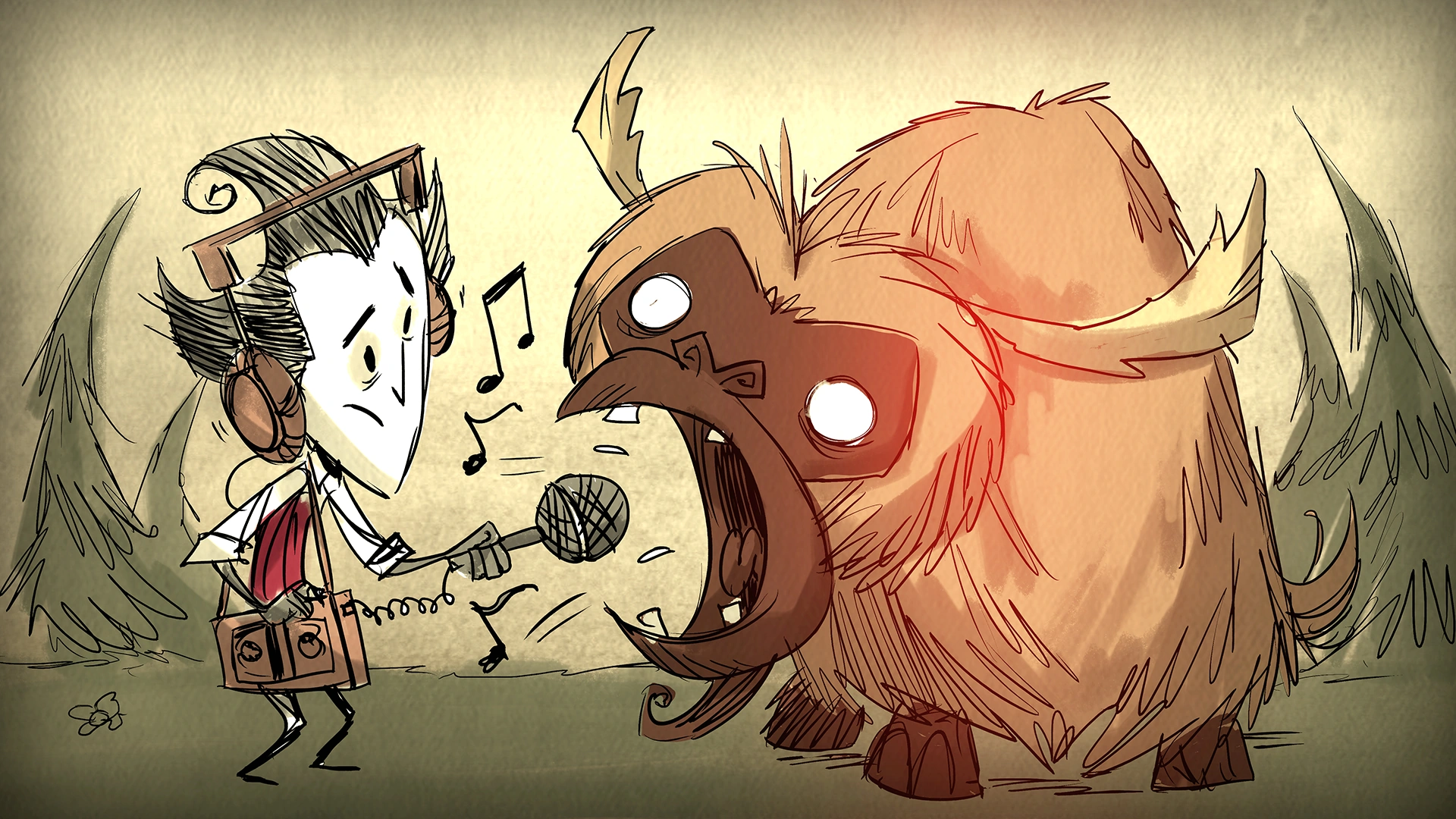

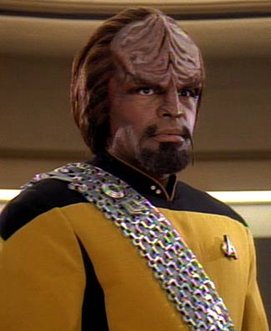

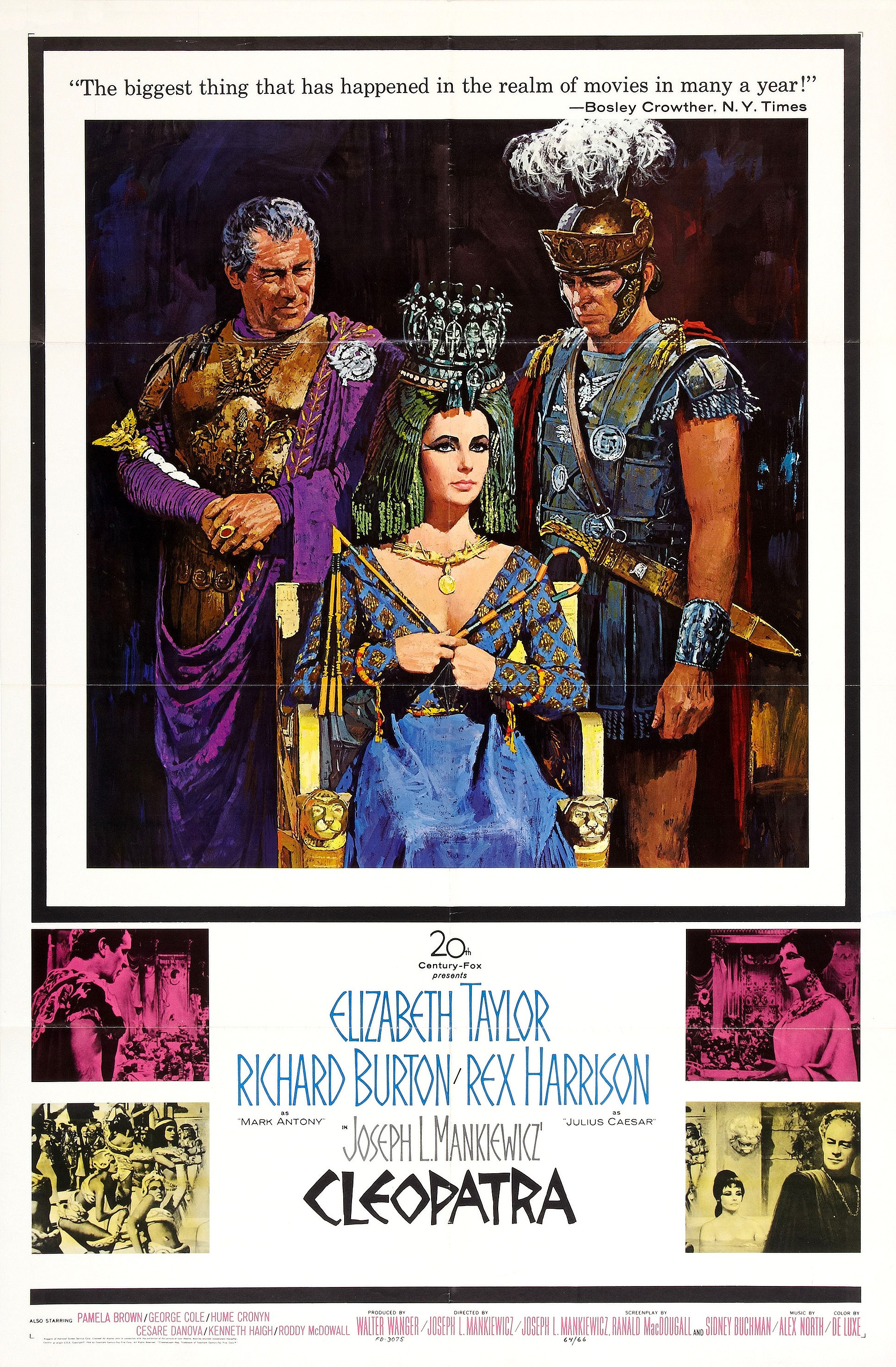








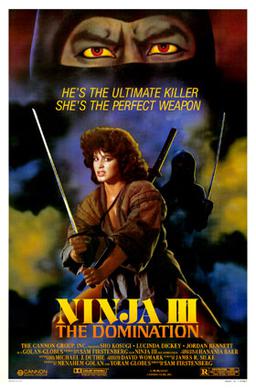










.jpg/1280px-Thure_de_Thulstrup_-_L._Prang_and_Co._-_Battle_of_Gettysburg_-_Restoration_by_Adam_Cuerden_(cropped).jpg)







